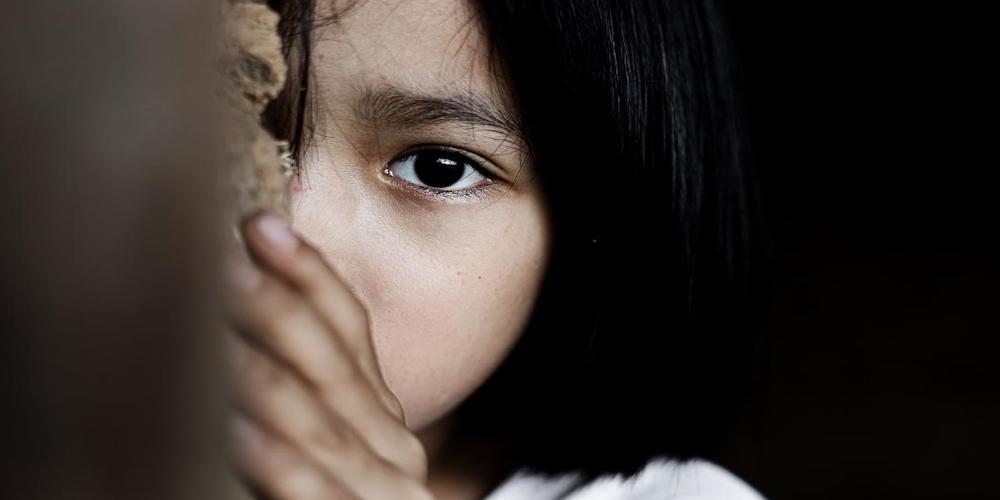Combating Trafficking of Women and Children

788 Anti-Human Trafficking Units (AHTUs) including 30 in Border guarding forces are now functional
Trafficking in persons, particularly in women and children for various purposes such as commercial sexual exploitation (CSE), forced labor, forced marriages, domestic servitude, begging, adoption, public sport, etc. is a crime that gravely violates basic human rights.
Increasing reports of such criminal activity taking place means that law enforcement’s response to the crime has not been very effective. Besides, there is a very low level of awareness about the crime of trafficking amongst police personnel and also a very low priority is accorded to the crime due to the preoccupation of police with crimes such as arson, murder, rape as well as general law and order matters.
By figuring out all this, the Government of India has decided to provide financial assistance to the States/ UTs in Border areas to build Protection and Rehabilitation Homes for the victims of trafficking exactly for the young women and minor girls. The homes will provide services like shelter, counselling, food, clothing, primary health facilities, and other daily needs.
The victim girls will be produced before Child Welfare Committee to announce the fit facility for providing sponsorship as per the Vatsalya scheme guidelines Mission and accordingly, the States/UTs will be requested to do the needful.
Mission Vatsalya is a scheme focused on achieving child protection priorities and development aligned with the Sustainable Development Goals. It emphasizes advocacy, awareness towards child rights, and strengthening the juvenile justice care and protection system, with the goal of “leaving no child behind”.
The Protection of Children from Sexual Offences Act, 2012, and the Juvenile Justice Act, 2015 provisions form the basic framework for the execution of the Vatsalya Mission. Funds under the Mission Vatsalya Scheme are released according to the demands and needs made by the States/UTs.

The fund-sharing pattern is in the ratio of 60:40 between Centre and State & Union Territories with Legislature respectively. The fund-sharing pattern between Centre and State is in the ratio of 90:10 for the North-Eastern States viz. Arunachal Pradesh, Assam, Manipur, Meghalaya, Mizoram, Nagaland, Sikkim and Tripura and two Himalayan States viz. Himachal Pradesh and Uttarakhand, and UT of Jammu and Kashmir. For Union Territories without Legislature, it is 100% central share. The Scheme is implemented as a Centrally Sponsored Scheme in partnership with State Governments and UT Administrations to support the States and UTs in universalizing access and improving the quality of services across the country.
The Central Government has provided funding to all States/ UTs under Nirbhaya Fund to set up/ strengthen Anti Human Trafficking Units (AHTUs) in every district of the country. Additionally, funding has also been provided for AHTUs in Border Guarding Forces such as BSF and SSB. As of date, 788 AHTUs including 30 in Border guarding forces are functional.
India has streamlined as well as a destination country for the trafficking of persons. The source countries are Nepal, Bangladesh, and Myanmar from where women and girls are getting trafficked in the guise of providing better living conditions In India. A majority of them are minor girls/ women of younger age, who are after their arrival in India are sold and forced into commercial sex work.
These girls/ women often reach major cities like Mumbai, Delhi, Hyderabad, etc, from where they are taken out of the country mainly in the Middle East and Southeast Asia. This is the reason why, the bordering States of these countries need to be more vigilant and have adequate facilities to provide relief and rehabilitation services to the victims of trafficking.
Further, as per section 51 of the JJ Act, 2015(as amended in 2021), (1) the Board or the Committee recognizes a facility being run by a Governmental organization or a voluntary or non-governmental organization registered under any law for the time being in force to be fit to temporarily take the responsibility of a child for a specific purpose after due inquiry regarding the suitability of the facility and the organization to take care of the child in such manner as may be prescribed and (2) the Board or the Committee may withdraw the recognition under sub-section (1) for reasons to be recorded in writing.


